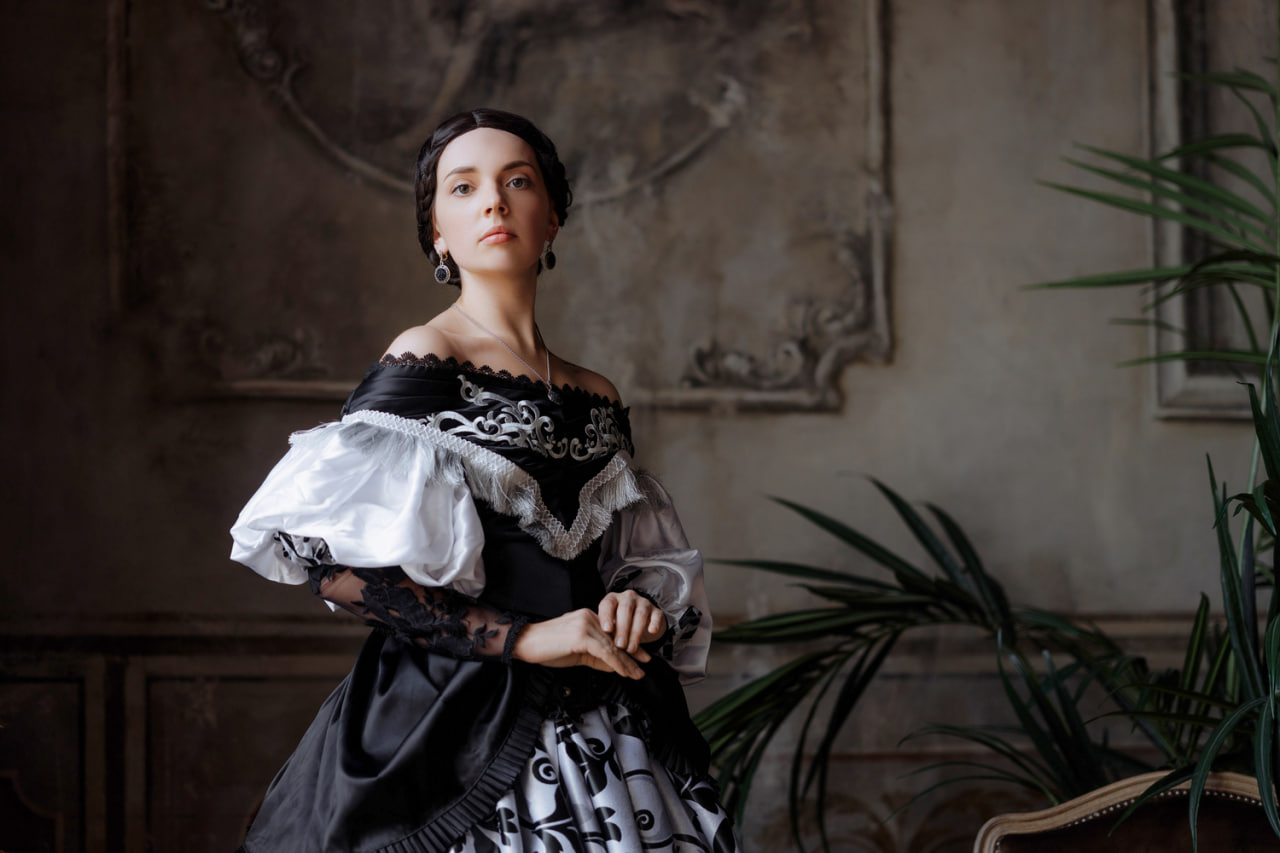Icons and Innovators of Fashion History
The story of fashion is inseparable from the visionaries who dared to redefine it. Throughout history, designers, artists, and cultural figures have shaped the way humanity dresses, expresses identity, and perceives beauty. These icons and innovators did more than create garments—they told stories, broke traditions, and introduced ideas that reflected and reshaped society. Fashion, in their hands, became both art and revolution.
From the early ateliers of Paris to modern digital runways, fashion has always relied on creativity that challenges convention. Each era has produced individuals whose work transcended their time, leaving an imprint that continues to influence contemporary design. Their contributions go beyond fabric and form; they embody imagination, rebellion, and the relentless pursuit of innovation.
The Birth of the Designer: Charles Frederick Worth
In the 19th century, fashion began its transformation from craft to profession. Charles Frederick Worth, an Englishman working in Paris, is often regarded as the father of haute couture. Before him, clothing was created anonymously by dressmakers who followed the tastes of their clients. Worth reversed this relationship—he became the artist, and his clients followed his vision.
Worth established the idea of a fashion house, where designs were showcased in seasonal collections. He elevated the role of the designer, turning clothing into a statement of authorship. His influence defined modern fashion’s structure—designer-led, brand-driven, and creatively distinct. Worth’s gowns, often opulent and technically masterful, represented not only beauty but also authority. He gave fashion its first true identity.
The Revolution of Simplicity: Coco Chanel
Coco Chanel transformed women’s fashion by liberating it from the constraints of the 19th century. At a time when corsets, layers, and rigid forms dominated, Chanel introduced comfort, simplicity, and understated elegance. Her designs allowed women to move freely, mirroring the social changes of the early 20th century.
Chanel’s aesthetic celebrated freedom. She replaced complex ornamentation with clean lines, neutral colors, and soft fabrics. The little black dress, the tailored suit, and the use of jersey fabric became her trademarks—symbols of independence and modern sophistication.
More than her designs, Chanel revolutionized fashion’s philosophy. She proved that elegance lies in restraint and that style could empower rather than restrict. Her influence extended beyond clothing into fragrance, accessories, and attitude. Chanel didn’t just dress women; she redefined womanhood itself.
The Architect of Femininity: Christian Dior
After World War II, the world craved renewal, beauty, and optimism. In 1947, Christian Dior delivered it with his “New Look.” His debut collection featured soft shoulders, cinched waists, and full skirts—an homage to femininity after years of wartime austerity. The silhouette celebrated curves and luxury, restoring glamour to a weary society.
Dior’s vision reignited Paris as the center of fashion and reestablished craftsmanship as a form of art. His atelier became synonymous with precision, innovation, and grace. The “New Look” not only changed women’s wardrobes but also reshaped cultural ideals. Dior’s influence echoed across decades, inspiring both admiration and adaptation among future designers.
The Visionary Rebel: Yves Saint Laurent
Yves Saint Laurent was a designer who understood fashion as both a reflection of and a challenge to society. As Dior’s protégé, he inherited tradition, but his true genius lay in breaking boundaries. Saint Laurent was the first to merge art, culture, and fashion into one cohesive language.
He introduced the concept of prêt-à-porter—ready-to-wear collections that brought high fashion to the public. His designs redefined power dressing, blending masculine and feminine aesthetics with precision. The iconic tuxedo for women, “Le Smoking,” symbolized confidence, rebellion, and equality.
Saint Laurent also drew inspiration from global cultures and contemporary art, integrating them into his work without losing refinement. His creativity bridged the gap between elitism and accessibility, making fashion an inclusive expression of identity. Through him, clothing became political, sensual, and intellectual all at once.
The Sculptor of Emotion: Alexander McQueen
Few designers captured the emotional depth of fashion like Alexander McQueen. His work was theatrical, provocative, and profoundly human. McQueen transformed the runway into performance art, using garments to explore themes of life, death, and beauty.
Trained as a tailor, McQueen’s technical mastery allowed him to construct avant-garde designs that were simultaneously shocking and breathtaking. His collections combined historical references with futuristic imagination—Victorian corsetry with cybernetic details, romantic lace with raw edge.
McQueen’s genius lay in storytelling. Each show carried a message about vulnerability, strength, and transformation. He challenged beauty standards, questioned conformity, and exposed the fragility of existence through his art. Though his life was brief, his impact remains timeless, influencing an entire generation of designers who see fashion as emotion rather than mere appearance.
The Minimalist Pioneer: Giorgio Armani
In the late 20th century, fashion began to seek quiet sophistication. Giorgio Armani became the master of restraint, creating an aesthetic based on purity, balance, and modernity. His designs stripped away excess, focusing on cut, proportion, and subtle luxury.
Armani’s approach transformed the fashion of the professional world. His unstructured suits redefined how men and women dressed for business, replacing stiffness with elegance. The neutral palette, soft tailoring, and effortless silhouette became synonymous with confidence and success.
Armani’s philosophy extended beyond style—it represented a cultural shift toward individuality. His work showed that power could be expressed through simplicity, that elegance required no ornamentation. He built not only a brand but a way of living that continues to shape global fashion.
The Master of Transformation: Jean Paul Gaultier
Jean Paul Gaultier’s career embodies playfulness and defiance. Known as fashion’s “enfant terrible,” he consistently blurred the lines between gender, identity, and convention. His designs celebrated diversity, embracing unconventional beauty and challenging stereotypes.
Gaultier introduced corsets for men, skirts for women that rejected traditional femininity, and stage costumes that became iconic through collaborations with figures like Madonna. His creativity merged humor, provocation, and craftsmanship, proving that fashion could be both intelligent and irreverent.
What made Gaultier revolutionary was his ability to democratize fashion’s avant-garde side. He transformed eccentricity into elegance and turned individuality into a central value of modern design. His influence can be seen today in the rise of inclusive, boundary-free fashion.
The Vision of Contemporary Icons
In today’s world, innovation in fashion continues to evolve through collaboration, technology, and cultural awareness. Designers like Rei Kawakubo, Miuccia Prada, and Virgil Abloh have continued the legacy of reinvention. Kawakubo’s work for Comme des Garçons challenges conventional form, using abstraction to question what clothing even means. Prada merges intellect with functionality, exploring contradictions between elegance and irony. Abloh, through his work at Off-White and Louis Vuitton, bridged streetwear and luxury, redefining fashion for a new generation.
These modern innovators carry forward the spirit of their predecessors—not by imitation, but by innovation. They prove that fashion’s evolution depends on courage, perspective, and the ability to see beyond the moment.
The Legacy of Visionaries
The icons of fashion history share a common thread: a refusal to conform. Each challenged the boundaries of their time, transforming garments into language and design into philosophy. Their creations shaped not only wardrobes but worldviews, reminding us that fashion is a form of art that captures the essence of being human.

